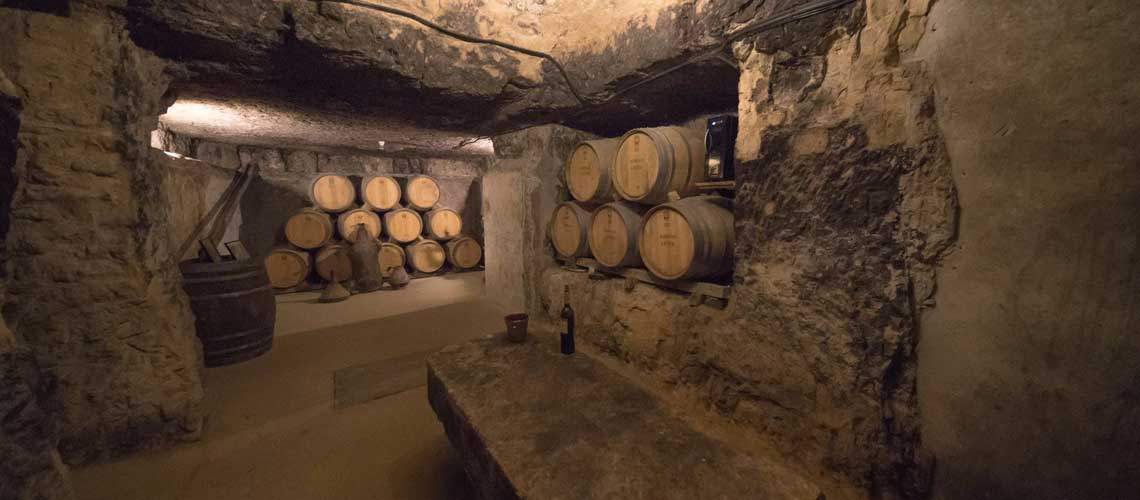
El Vino Pródigo: daring to take the plunge
13 August, 2021
Bodegas Ilurce: viticulture with principles
17 August, 2021Luis Alberto Lecea, as well as being a traditional cosechero, was the first grower to become president (2012-2014) of the Regulatory Board since it was founded in 1926. Luis Alberto maintains the original 15th century family winery, where he combines ancestral traditions with new winemaking techniques. He is one of the few producers who still works in the underground cellars of the San Asensio winery district —the vast majority of winegrowers left as a result of the bureaucratic constraints they encountered and sought shelter in the local co-operatives. There are around 300 winemaking caves in San Asensio, says Lecea, but virtually none of them are active: “In my case I had vineyards, my winery was a little bigger than the rest and I had gone to college, so I figured I could bottle my own wines”.
Nowadays, with his children Jorge, Estela and Lidia, as well as his wife Lourdes, all of whom are fully involved in the business, Lecea is one of Rioja’s most popular wineries. He makes wine from his own grapes, all grown around San Asensio, in his four spectacular 16th century cellars that have been gradually purchased and merged by the Lecea family. These buildings form a veritable maze, complete with presses, filters, wineskins, billhooks and other traditional winemaking tools that the family has lovingly restored to display in the various nooks and crannies of the winery.

Bodegas Lecea produces white, clarete (a blend of red and white grapes), unoaked red wines as well as wines with ageing and very small quantities of Las Cuevas de Lecea, a wine created by the new generation. However, their flagship wine is Corazón de Lago, an artisanal red wine which is at the centre of the grape treading festival that the Lecea family still hosts in their cellar. Every year at the end of the grape harvest, Lecea makes Corazón de Lago for the thousands of enthusiasts who delight in the process of obtaining wine after a whole year of tending the vines. “Wine is made in these cellars as it was done 200 or 300 years ago: we use concrete vessels to store the wines and fill them with large jugs, we move the wine around with goatskins and even tread the grapes in the traditional way,” explains the producer.
In 2016, Lecea’s Fiesta del Pisado was voted best wine tourism activity of the year by Spain’s Association of Wine Routes whereas its project to restore the wine cellars merited the Best Of International Tourism award.




